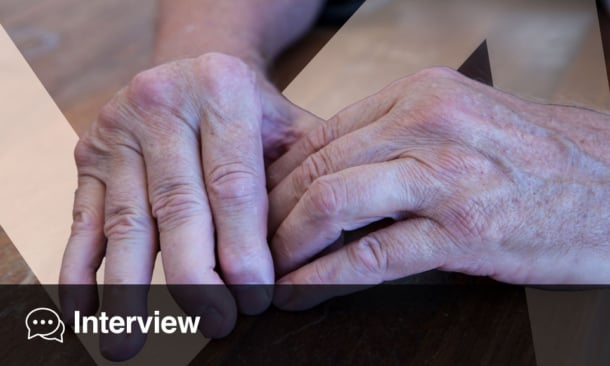A NEW study has found that monosodium urate (MSU) crystals dissolve at comparable rates in both joints and tendons during urate-lowering therapy for gout. The results counter previous imaging studies suggesting that joint deposits respond faster than those in tendons, providing valuable clarity on how urate burden resolves throughout the musculoskeletal system.
Using advanced imaging to track urate clearance
Gout develops when MSU crystals accumulate in joints and soft tissues as a result of elevated serum urate levels. While urate-lowering therapy (ULT) is known to reduce crystal load and prevent flares, questions have remained about whether deposits in different tissues respond at the same pace.
To address this, Waimarama Mulqueen and colleagues from New Zealand conducted a dual-energy computed tomography (DECT) study involving 50 people with gout drawn from two clinical trials of oral ULT. Participants underwent paired DECT scans of the feet and ankles over one year, allowing researchers to directly quantify urate crystal volume in both joints and tendons.
Eligible participants had visible deposits of at least 0.5 cm³ on baseline imaging and measurable reductions after therapy. In total, 125 joint and 95 tendon deposits were analysed using general linear mixed analysis of covariance (ANCOVA) to determine changes over time.
Findings show parallel response across tissues
After one year of ULT, DECT revealed near-identical reductions in urate volume — −0.37 cm³ for joint deposits and −0.39 cm³ for tendon deposits — both statistically significant (P < 0.001). The difference between tissues was minimal (P = 0.73), indicating similar rates of MSU crystal dissolution across sites.
Implications for long-term gout management
The study highlights the utility of DECT imaging in visualising and quantifying crystal burden, offering an objective measure of treatment response. Importantly, the findings reassure clinicians and patients that tendinous urate deposits respond just as effectively to therapy as articular ones — supporting the principle of treat-to-target urate control to achieve full disease resolution.
Reference
Mulqueen W et al. Do monosodium urate crystals reduce at different rates in joints and tendons during urate-lowering therapy? A dual energy CT study. J Rheumatol. 2025;DOI: 10.3899/jrheum.2025-0122.








